Multiple Regression Analysis: Identifying Key Unemployment Factors
VerifiedAdded on 2023/05/31
|5
|656
|347
Report
AI Summary
This report presents a multiple regression analysis examining the factors influencing public concern about unemployment. The dependent variable is the level of concern regarding jobs and unemployment, while independent variables include perceptions of the federal government's role in addressing unemployment and expectations about the job market in the next five years. The analysis, conducted using SPSS, reveals a moderate correlation between the independent and dependent variables, with the regression equation indicating the specific impact of each predictor on the level of concern. The R-squared value suggests that the independent variables explain a substantial portion of the variance in unemployment concern. The report details the methodology, results, and interpretation of the regression analysis, providing insights into the key drivers of public sentiment regarding unemployment.
1 out of 5
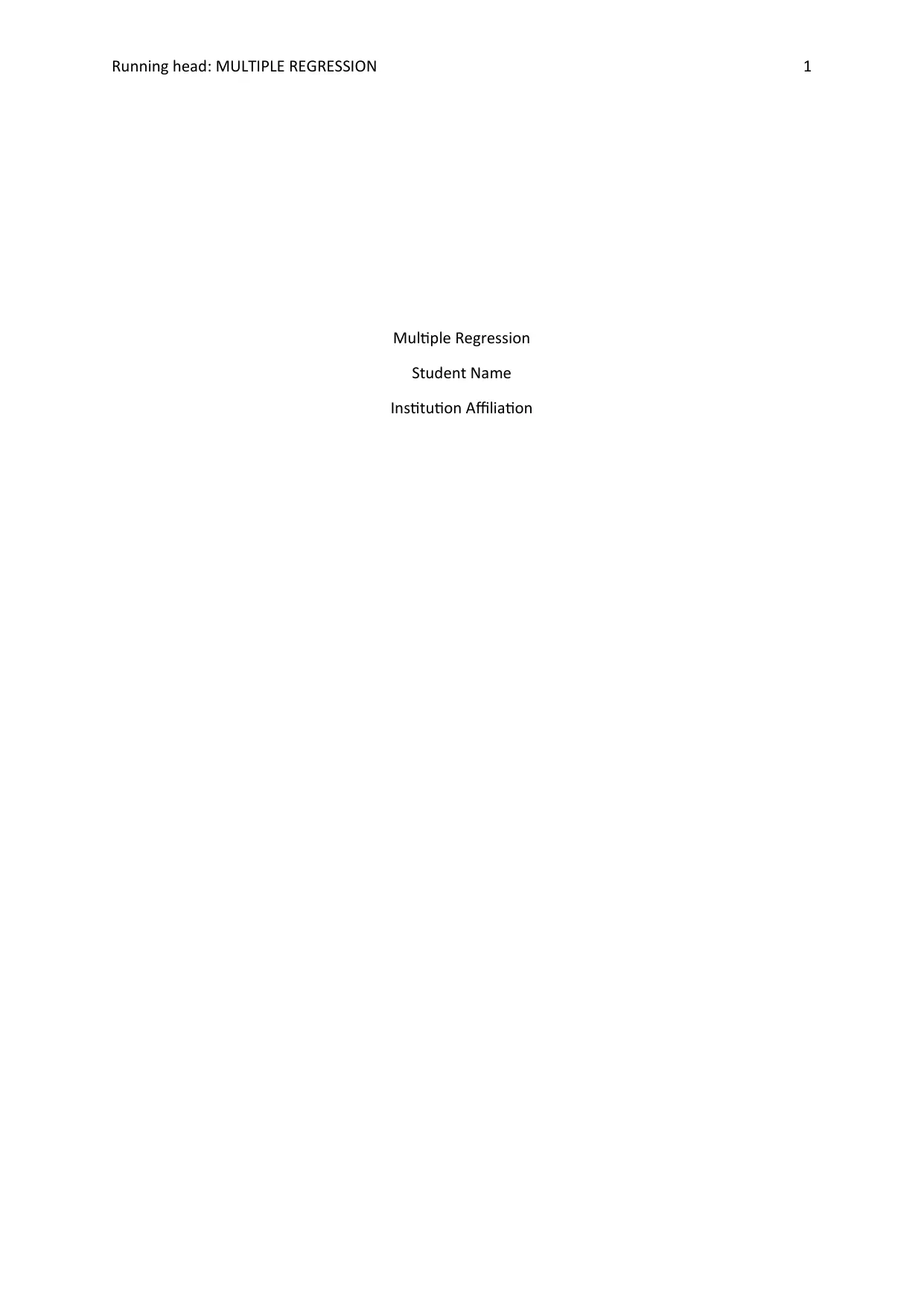
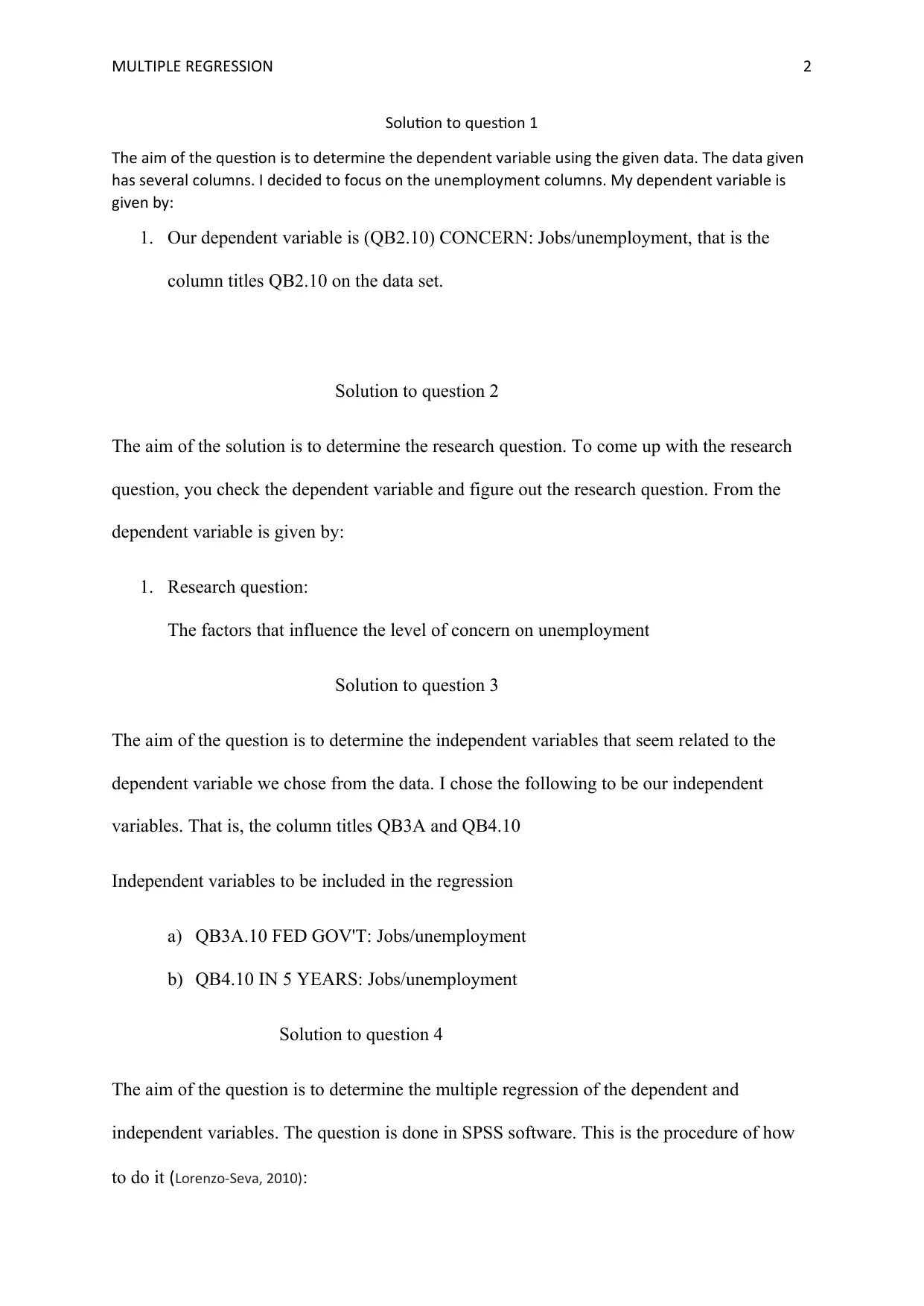
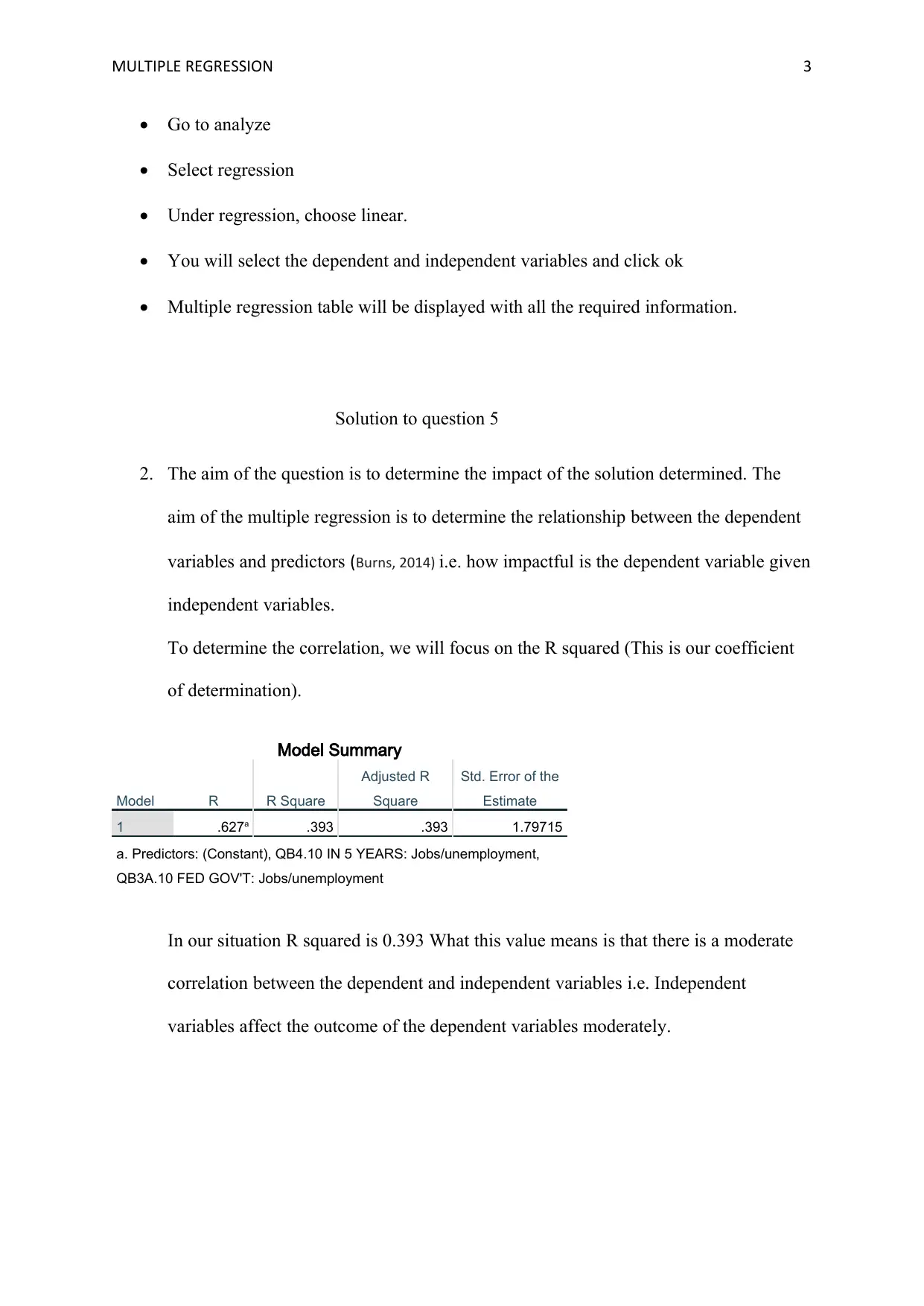

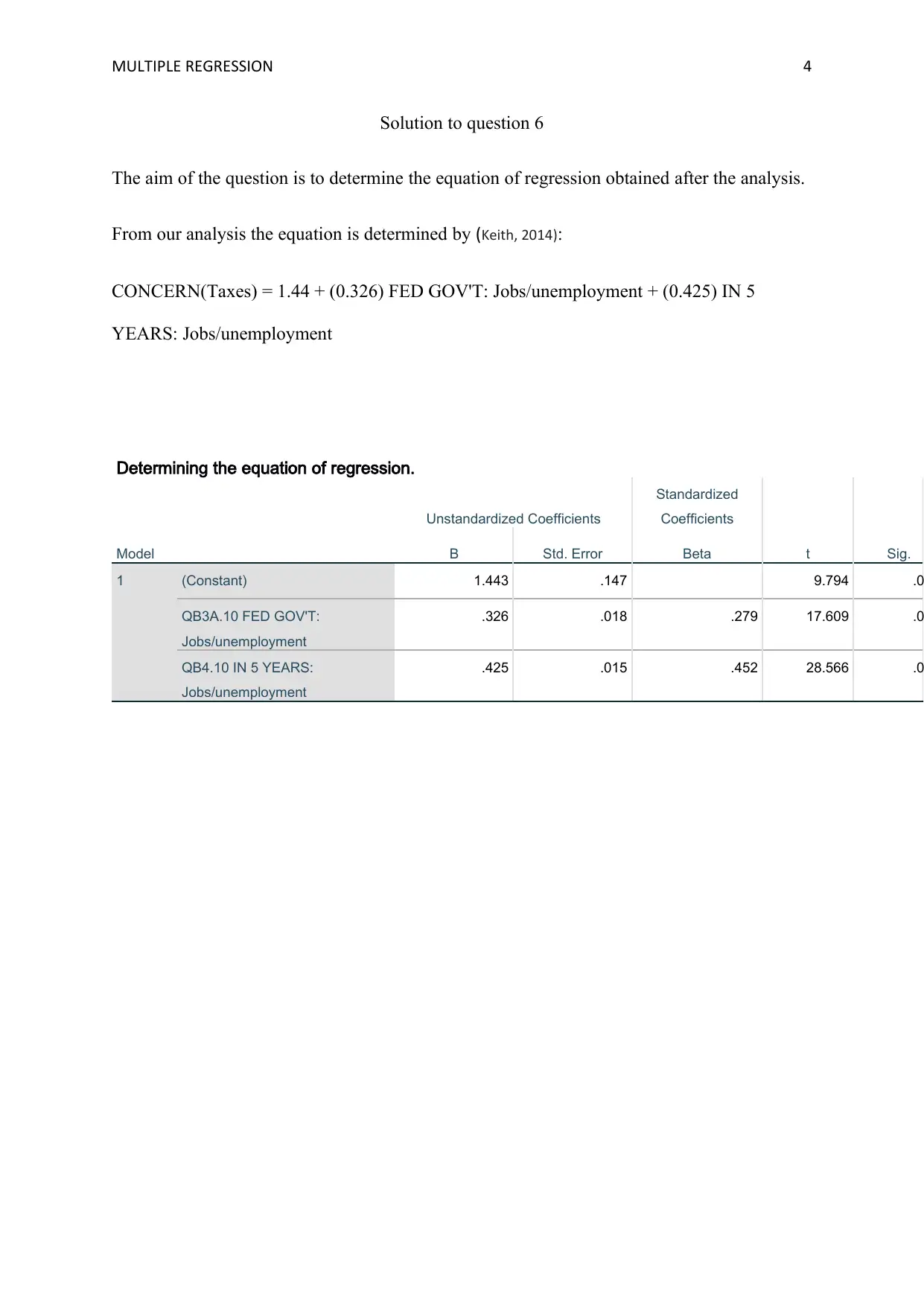
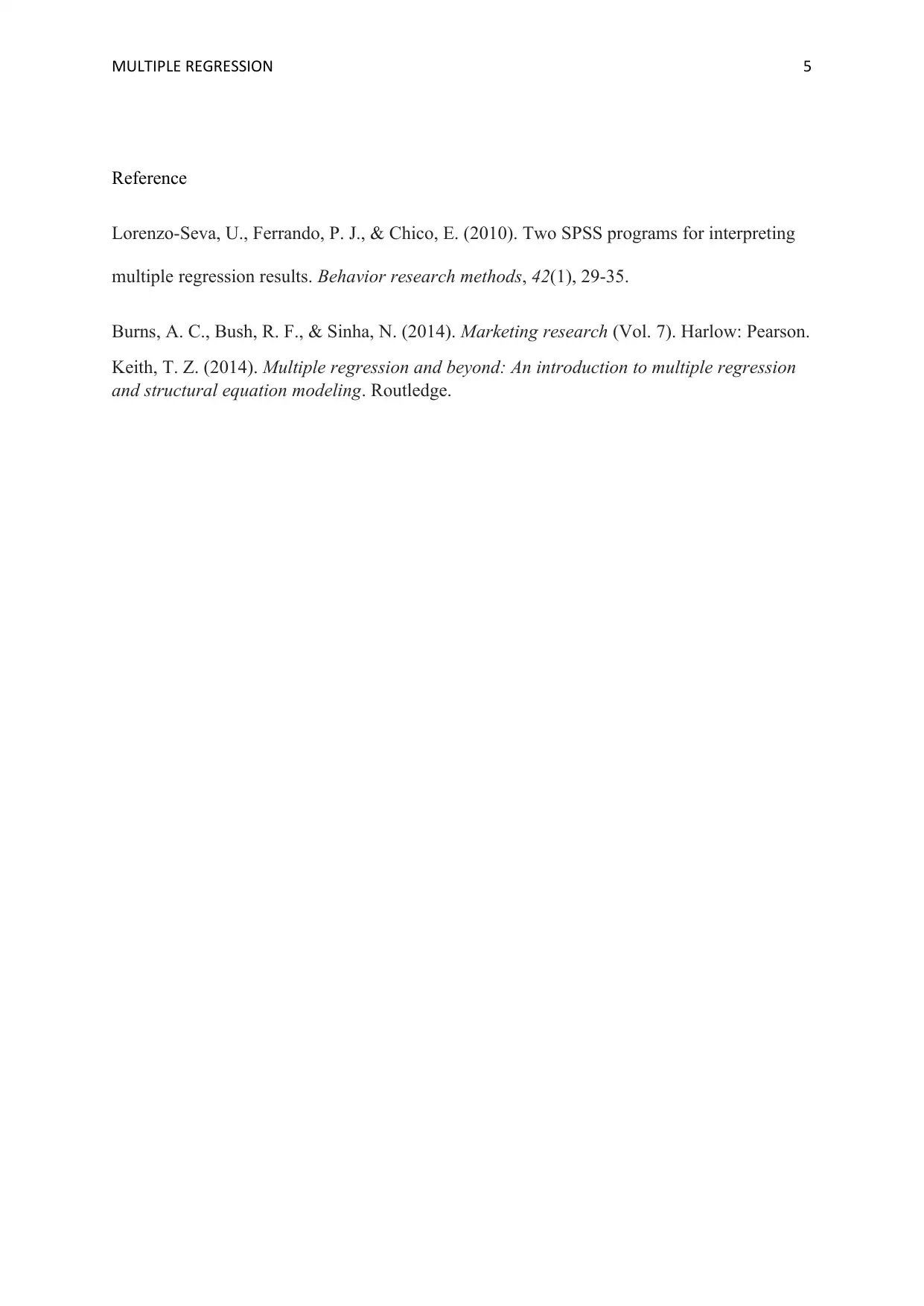






![[object Object]](/_next/static/media/star-bottom.7253800d.svg)